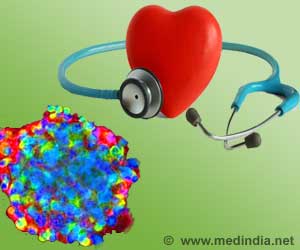
The microparticle technique, which was demonstrated in pluripotent mouse embryonic cells, also offers better control over the kinetics of cell differentiation by delivering molecules that can either promote or inhibit the process. Based on research sponsored by the National Institutes of Health and the National Science Foundation, the developments were reported online July 1 in the journal Biomaterials and were presented at the 11th Annual International Society for Stem Cell Research meeting held in Boston June 12-15, 2013 .
"By trapping these growth factors within microparticle materials first, we are concentrating the signal they provide to the stem cells," said Todd McDevitt, an associate professor in the Wallace H. Coulter Department of Biomedical Engineering at Georgia Tech and Emory University. "We can then put the microparticle materials physically inside the multicellular aggregate system that we use for differentiation of the stem cells. We have good evidence that this technique can work, and that we can use it to provide advantages in several different areas."
The differentiation of stem cells is largely controlled by external cues, including morphogenic growth factors, in the three-dimensional environment that surrounds the cells. Most stem cell researchers currently deliver the growth factors into liquid solutions surrounding the stem cell cultures with a goal of creating homogenous cultures of cells. Delivering the growth factors from microparticles, however, provides better control of the spatial and temporal presentation of the molecules that govern the growth and differentiation of the stem cells, potentially allowing formation of heterogeneous structures formed from different cells.
Source-Eurekalert












